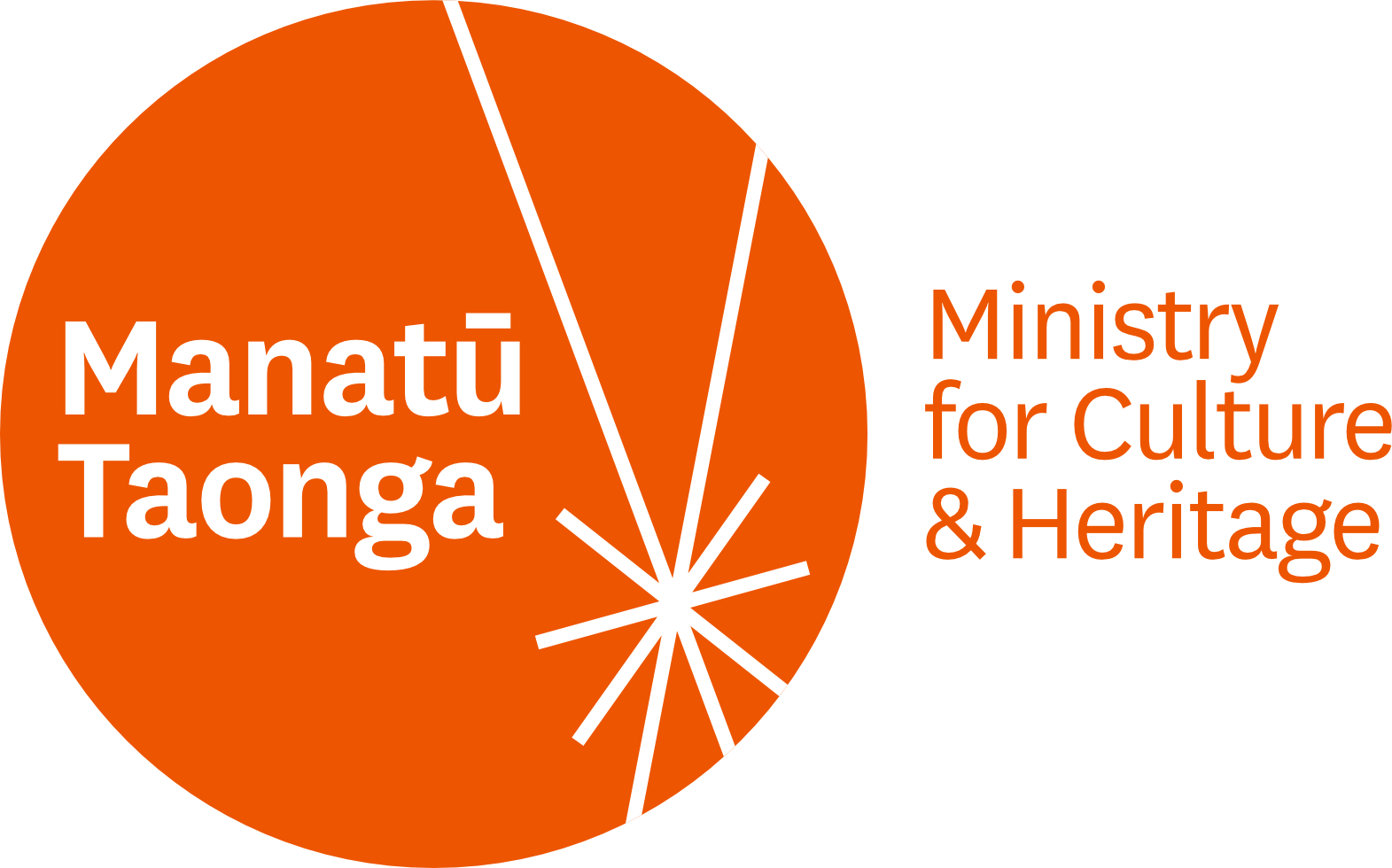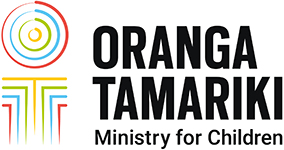This video, made by Deafradio’s Seeflow translation service for Arts Access Aotearoa, lets Deaf people know about some of the ways artists, performing arts companies, festivals, museums, galleries and venues can make the arts more accessible.
Ngā toi mō te katoa: Arts For All guide
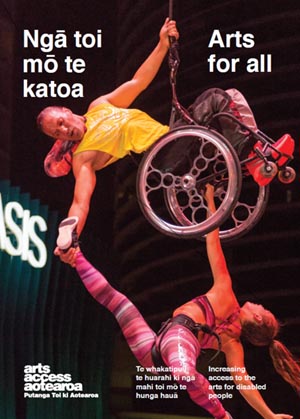 Ngā toi mō te katoa: Arts For All outlines the benefits of marketing the arts to Deaf and disabled people, and includes both practical and longer-term steps you can take to provide access.
Ngā toi mō te katoa: Arts For All outlines the benefits of marketing the arts to Deaf and disabled people, and includes both practical and longer-term steps you can take to provide access.
For easy navigation, download a copy of Arts For All.
Arts For All (pdf 3.95 MB)
Arts For All accessible (Word 568 KB)
The guide has eight chapters, which include snapshots of organisations, venues and arts projects, along with mini profiles of Deaf and disabled artists, and arts enthusiasts at the beginning of each chapter.
Rārangi upoko | Contents
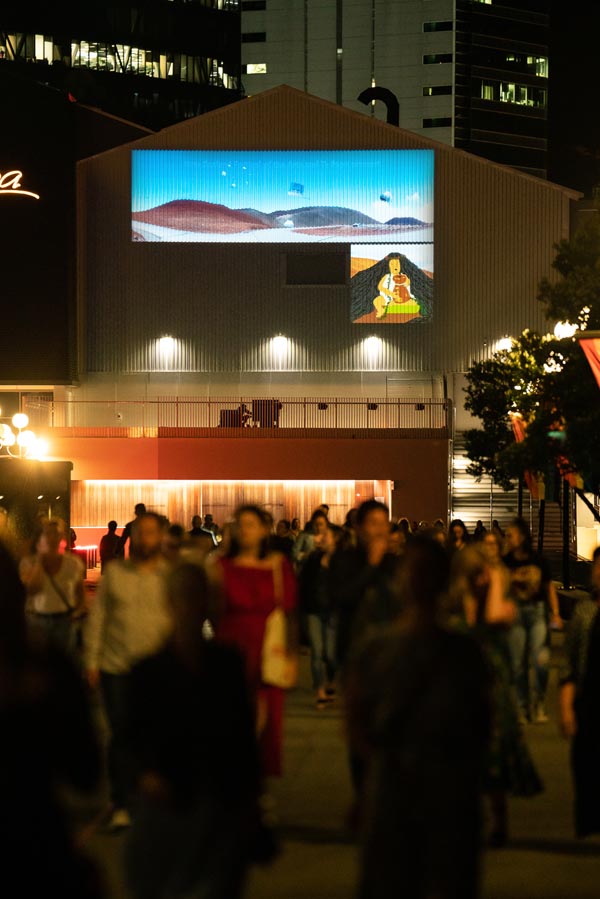 1. Whakatakoto kaupapa Setting the scene
1. Whakatakoto kaupapa Setting the scene
- Who this guide is for
- How to use this guide
- Understanding disability
- Being accessible
- Universal design
- The words we use
- Mapping the Arts For All Network
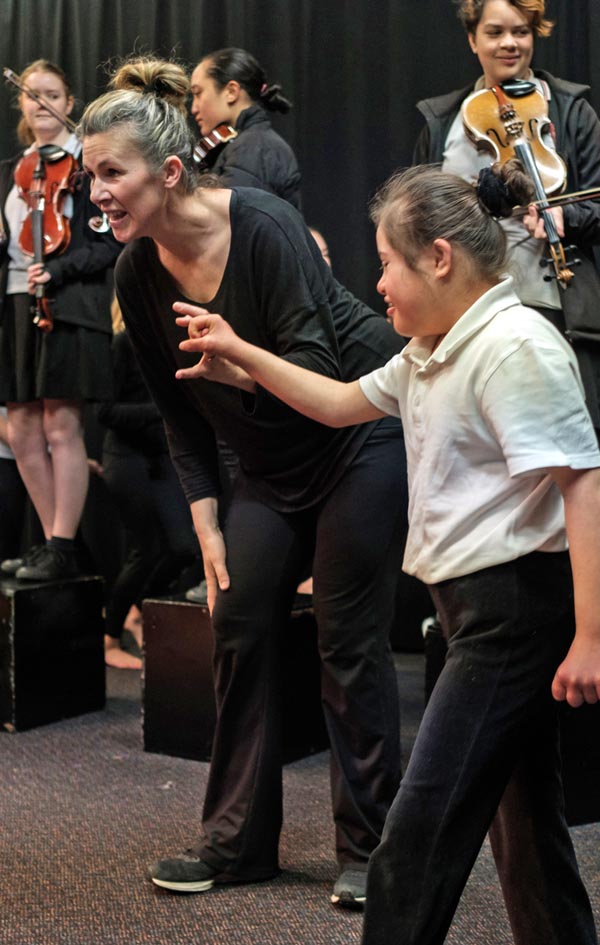 2. Te tīmatanga: Getting started
2. Te tīmatanga: Getting started
- Why start
- Where to start: Engaging with the Deaf and disabled communities; Developing an accessibility policy; Developing an accessibility action plan; Understanding the law; International examples
- The barriers: Barriers for disabled people; Barriers for arts organisations and venues
- Removing the barriers: People: looking after them; Staff disability responsiveness training; Interacting with people; Relaxed performances; Disruptions policy
- Venue access: Getting there; Getting in, moving around; Service dogs; Signage
- Programming: reflecting diversity
- Processes: enhancing the arts experience: Audio description and touch tours; Sign Language interpretation; Captioning
- Seating
- Timing
- Booking tickets
- Pricing
- Data capture
 3. Te whakawhitiwhiti kōrero: Communications
3. Te whakawhitiwhiti kōrero: Communications
- An online world
- Marketing and promotion: A marketing strategy; Promoting your event
- A guide to language: Information options; Insider information
- Accessible formats: Accessible websites and emails; Large print; Plain English and Easy Read; Working with the media
 4. Ngā whare whakairi toi me ngā whare pupuri taonga: Galleries and museums
4. Ngā whare whakairi toi me ngā whare pupuri taonga: Galleries and museums
- Getting started: Easy access
- Accessing the exhibits
- Guided tours
- Touch tours
- Exhibition spaces
- Visual information
- Sound information
- Museums without walls
 5. Ngā whakatūranga: Live performance
5. Ngā whakatūranga: Live performance
- Getting started
- Planning an accessible show: Being creative about access; Loyal new audiences
- Touring your show: Disability networks
- Performance venues: Is the venue accessible?; Ticketing and seating; Trained staff; Promoting accessibility
- An accessible festival: Multiple venues; Transport and parking; Accommodation; Eating; Seating; Informal support; Including disabled performers and participants
 6. Pūnaha rorohiko: Digital media
6. Pūnaha rorohiko: Digital media
- A definition
- Digital media in the Deaf and disability world: Creating digital arts
- Which media for which audience?
- E-books and e-publishing; New markets and new readers; Ideas for publishers
- Films and videos
- Online media
- There’s an app for that
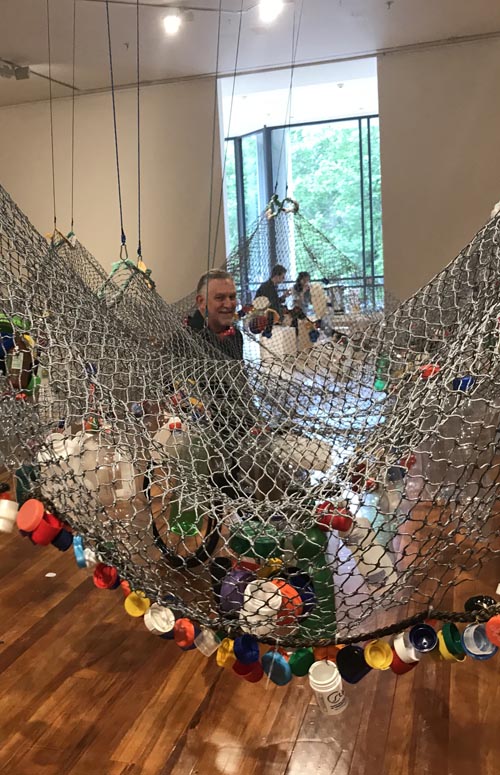 7. Te titiro whakamua: Looking ahead
7. Te titiro whakamua: Looking ahead
- First steps: Ten things you can do now
- Next steps: Ten more things you can do
- Q & A insights
- New technologies and the future: Affordable options; Publishing revolution
- Three challenges: Festivals to reflect the experience of disabled people; Sharing resources on touring shows; More opportunities for people with learning disabilities to come to your event
- A final word
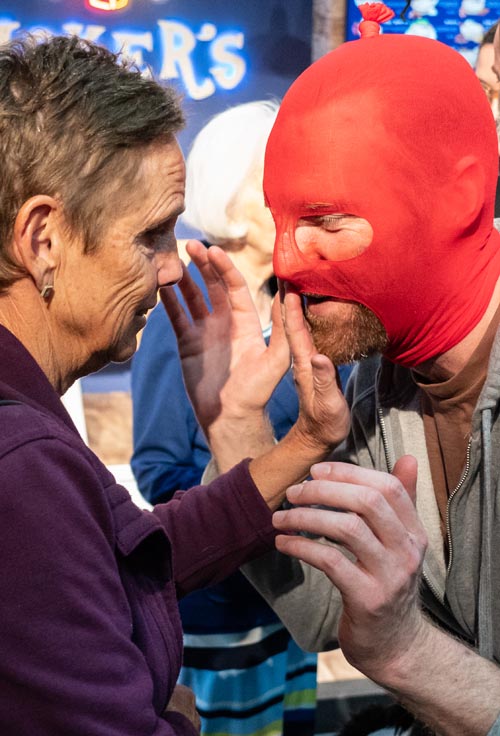 8. Kōrero tāpiri: Additional information
8. Kōrero tāpiri: Additional information
- One: What words to use
- Two: Where to go for advice and information
- Three: Useful checklists and information sheets
- Four: Where to go for funding
- Five: Useful resources and publications
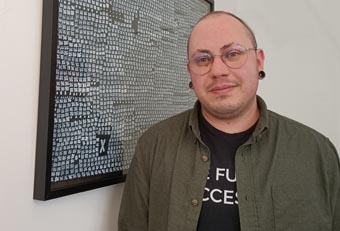
Stace Robertson: Stace is Lead Accessibility Advisor, Arts Access Aotearoa (T: 04802 4349 E: afa@artsaccess.org.nz). Stace works Monday to Thursday. More about Stace

Milly Hampton: Milly is Arts For All Activator, Arts Access Aotearoa (T: 04802 4349 E: afa@artsaccess.org.nz). Milly works Monday to Thursday. More about Milly
About Arts For All
Arts For All guide
Arts For All news/blogs
Access Services Directory
Deaf and disabled artists' initiative
Making an event accessible
Funding information
Accessibility resources
Connect through music: this video was made by Lala Rolls of Island Productions Aotearoa for Arts Access Aotearoa and Chamber Music New Zealand.
Access for all: “The good thing about being focused on access and accessibility is that you create a better experience for everybody,” says Philip Patston in this video, made by Lala Rolls of Island Productions Aotearoa for Arts Access Aotearoa.

 1. Whakatakoto kaupapa Setting the scene
1. Whakatakoto kaupapa Setting the scene  2. Te tīmatanga: Getting started
2. Te tīmatanga: Getting started  3. Te whakawhitiwhiti kōrero: Communications
3. Te whakawhitiwhiti kōrero: Communications 4. Ngā whare whakairi toi me ngā whare pupuri taonga: Galleries and museums
4. Ngā whare whakairi toi me ngā whare pupuri taonga: Galleries and museums 5. Ngā whakatūranga: Live performance
5. Ngā whakatūranga: Live performance 6. Pūnaha rorohiko: Digital media
6. Pūnaha rorohiko: Digital media 7. Te titiro whakamua: Looking ahead
7. Te titiro whakamua: Looking ahead 8. Kōrero tāpiri: Additional information
8. Kōrero tāpiri: Additional information